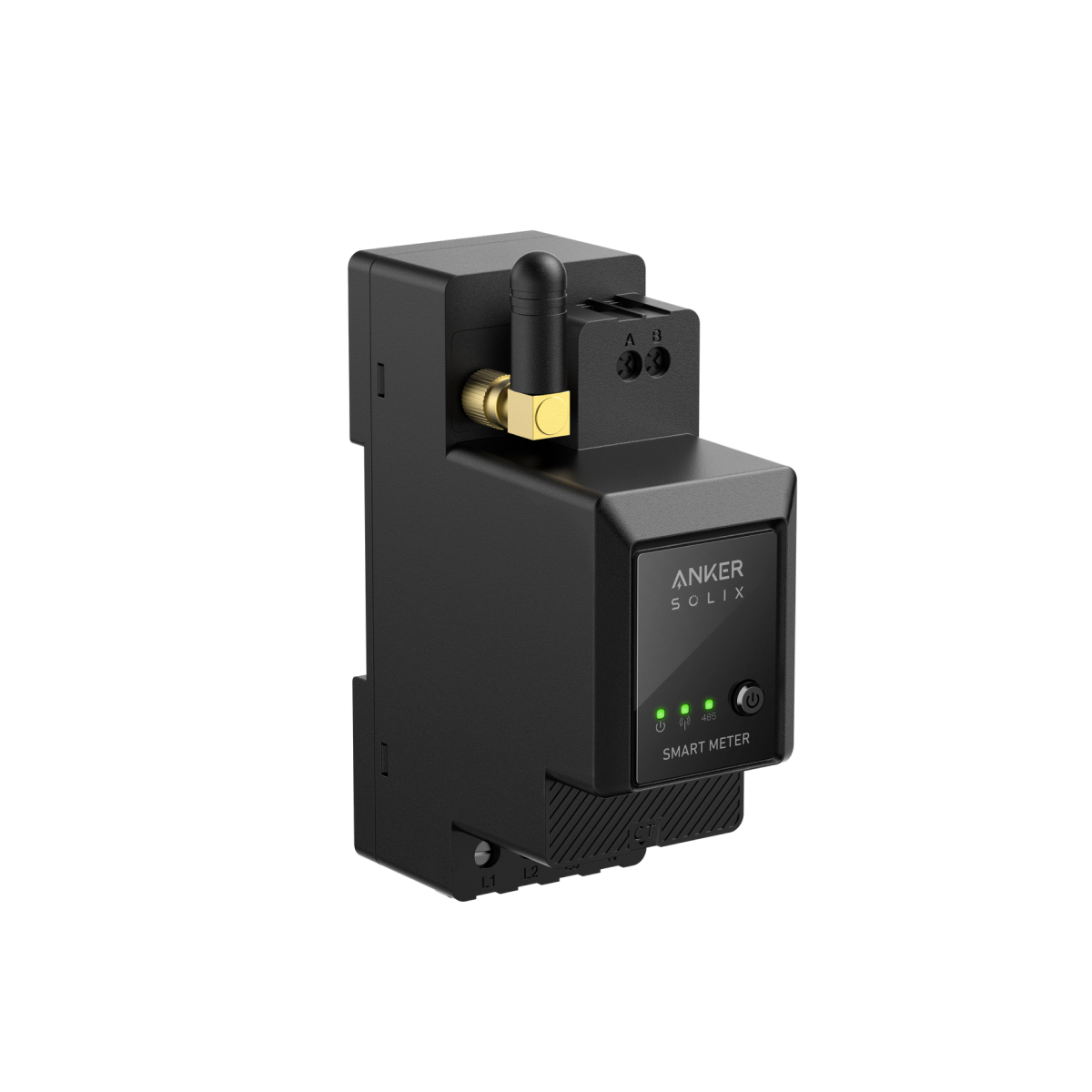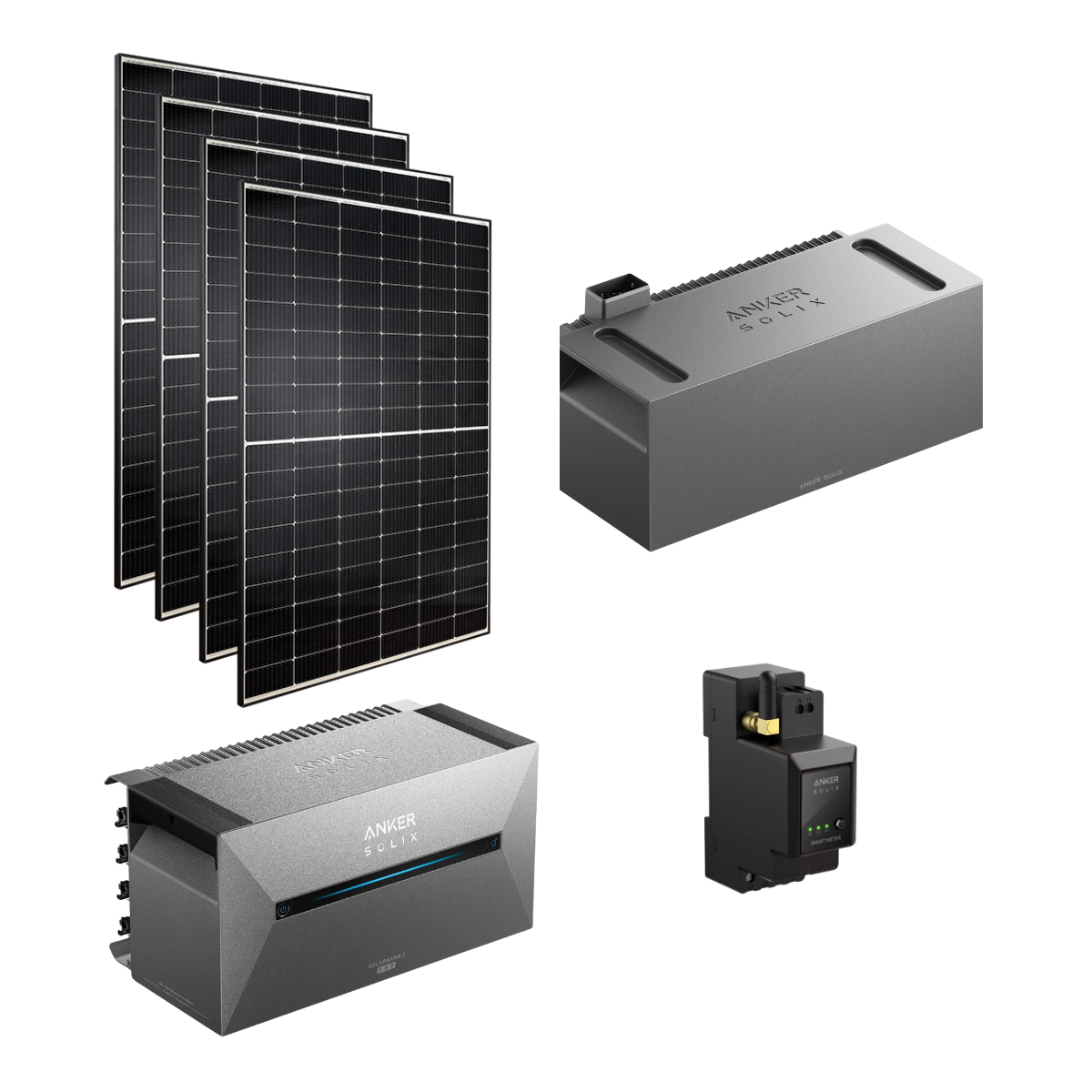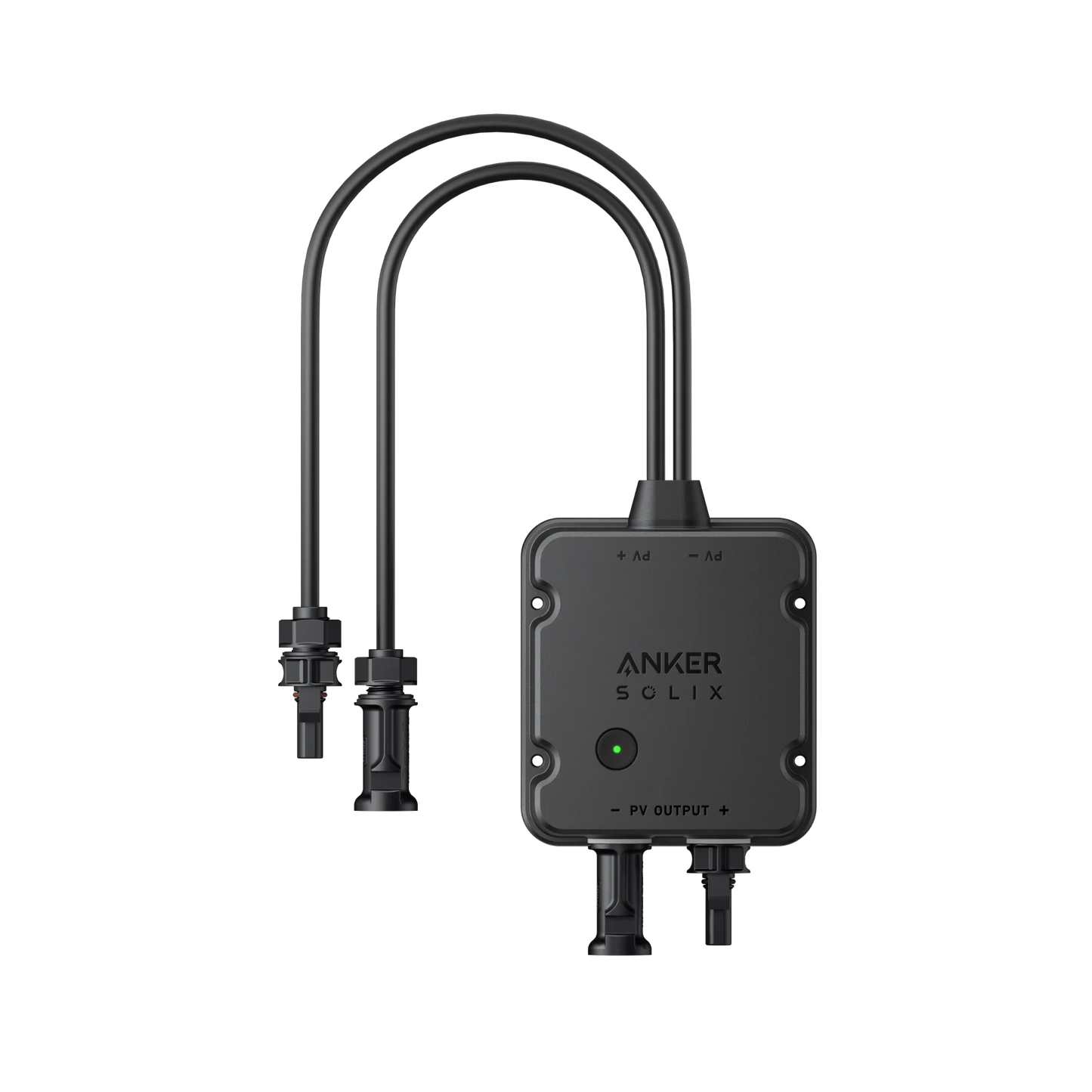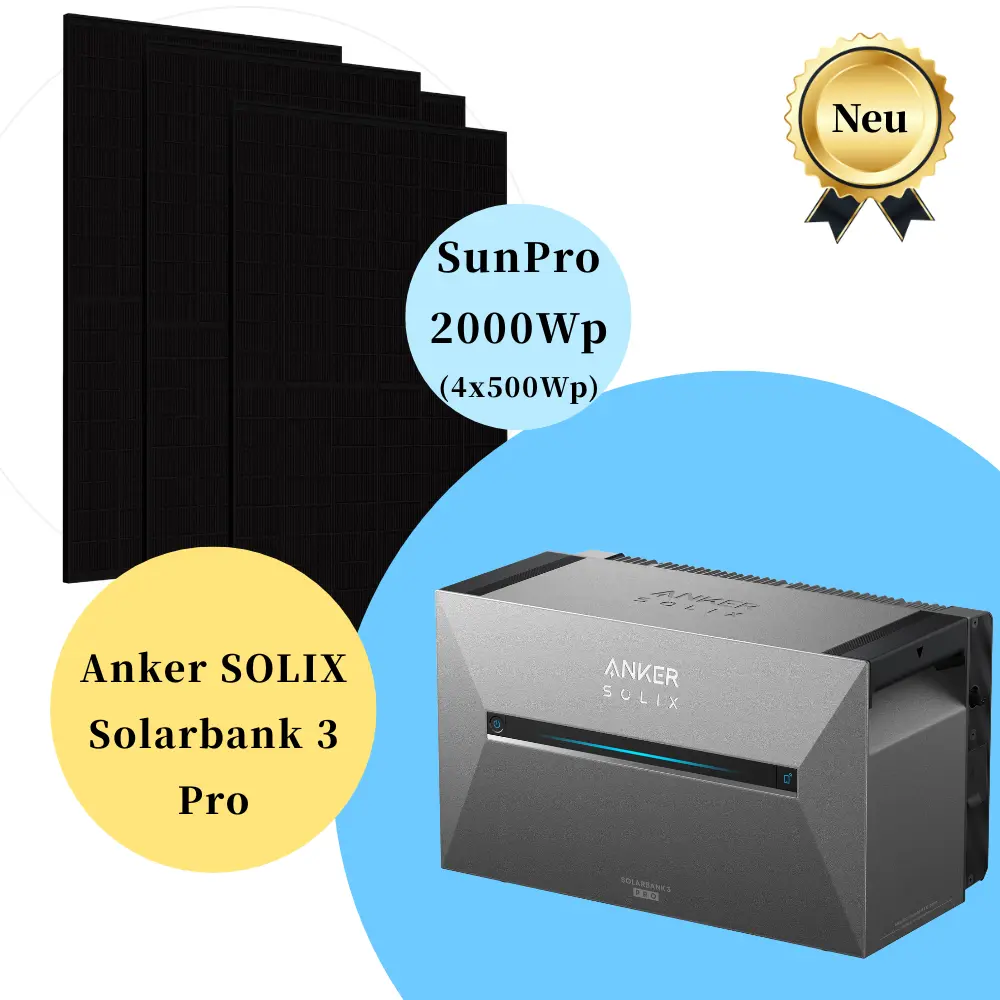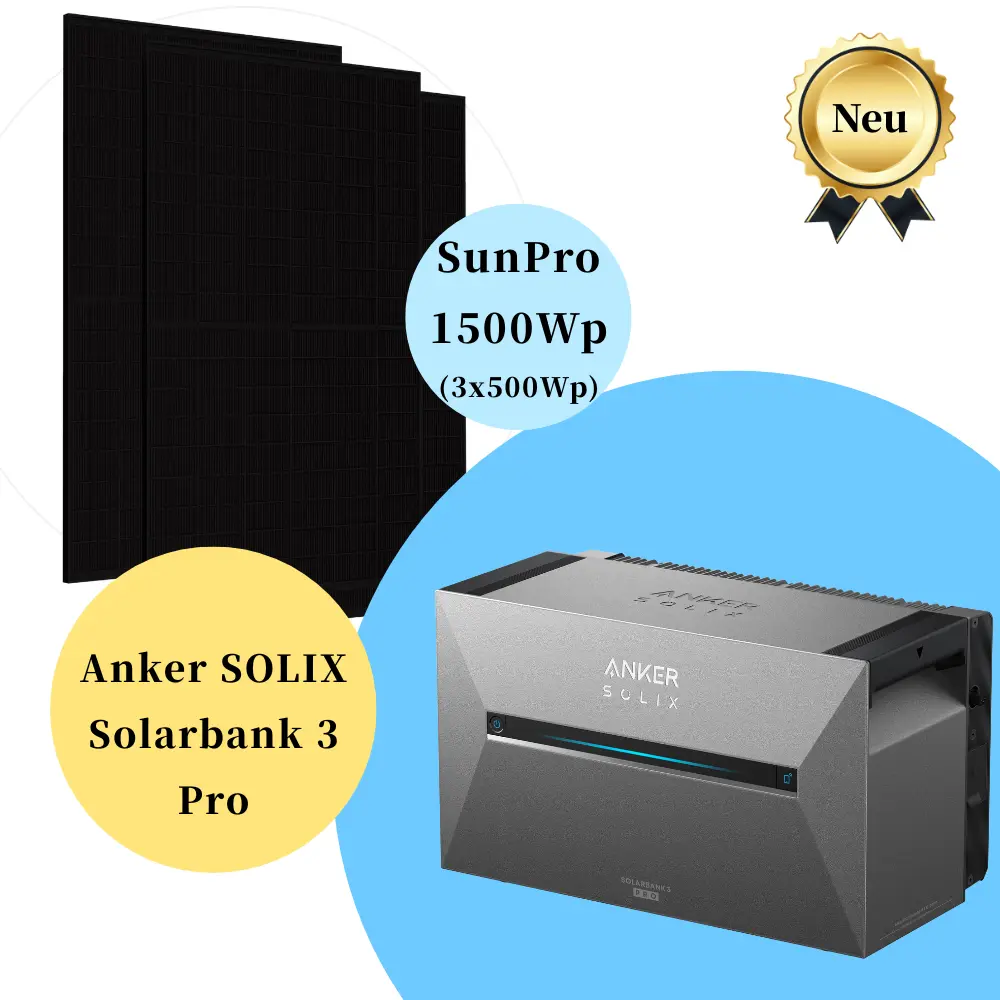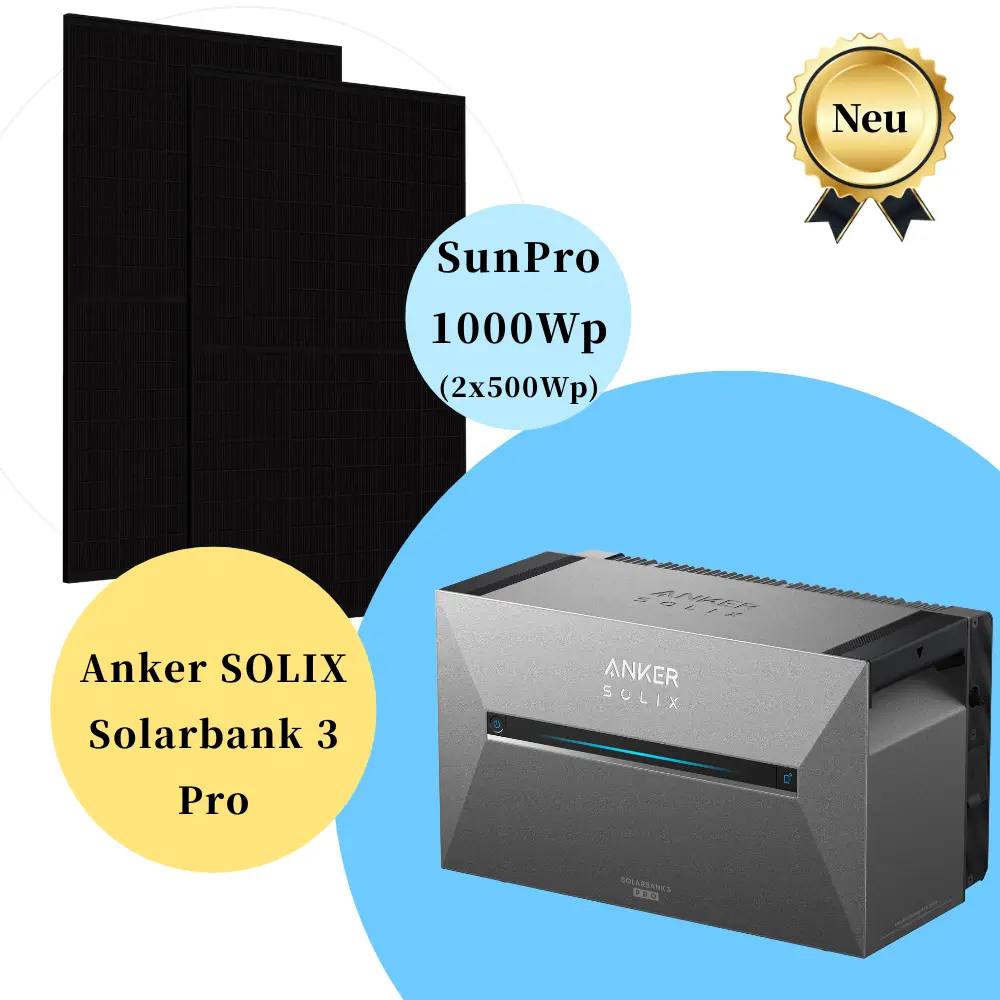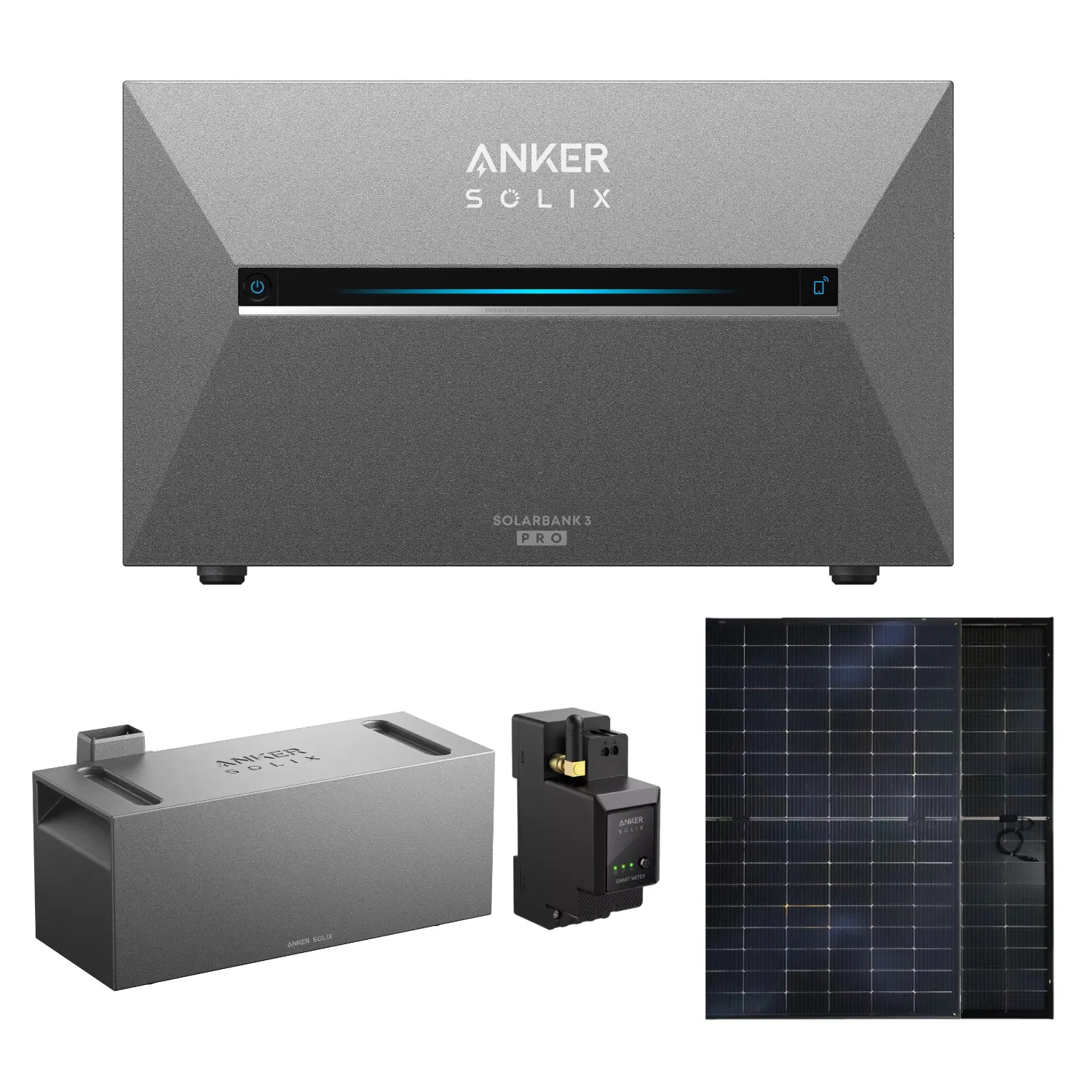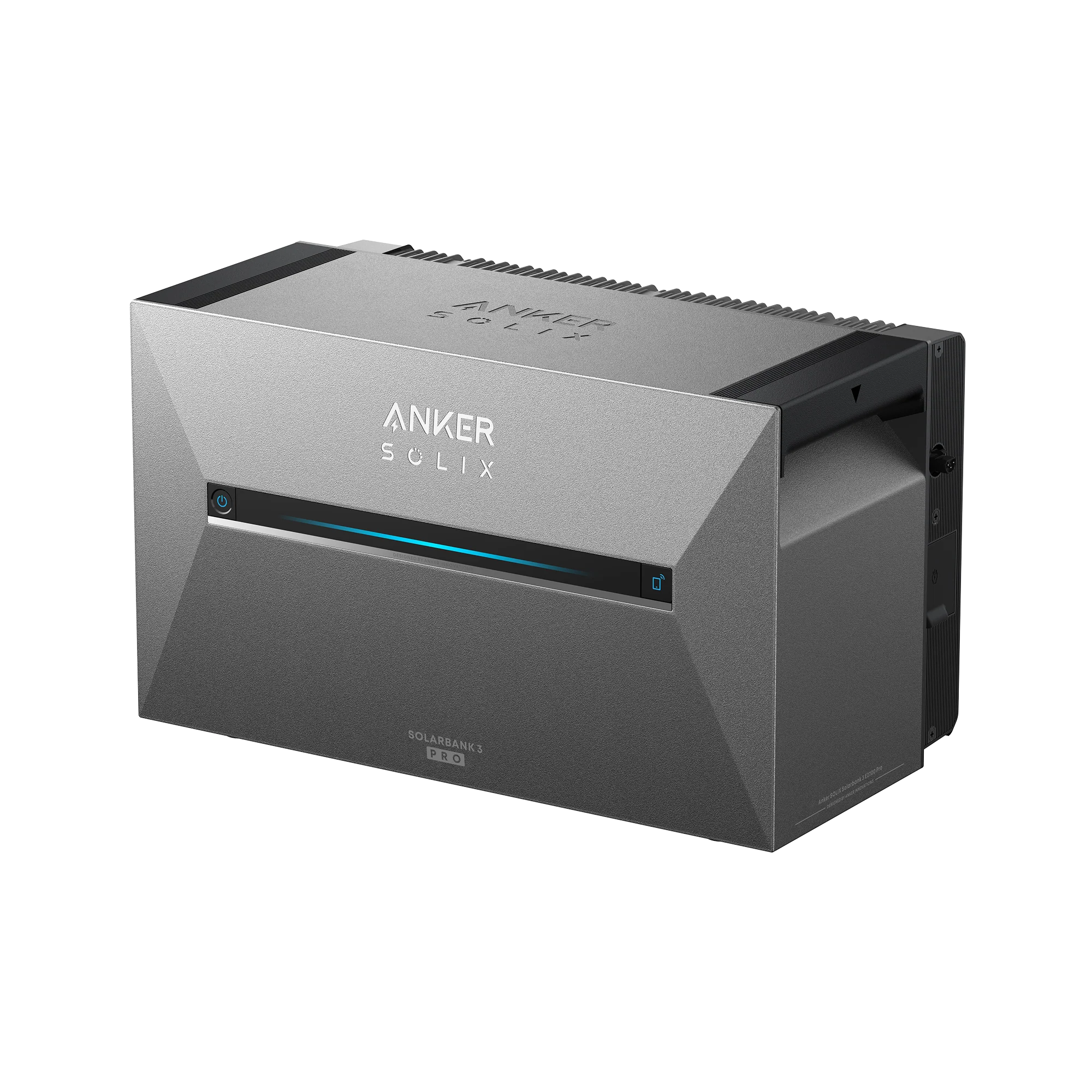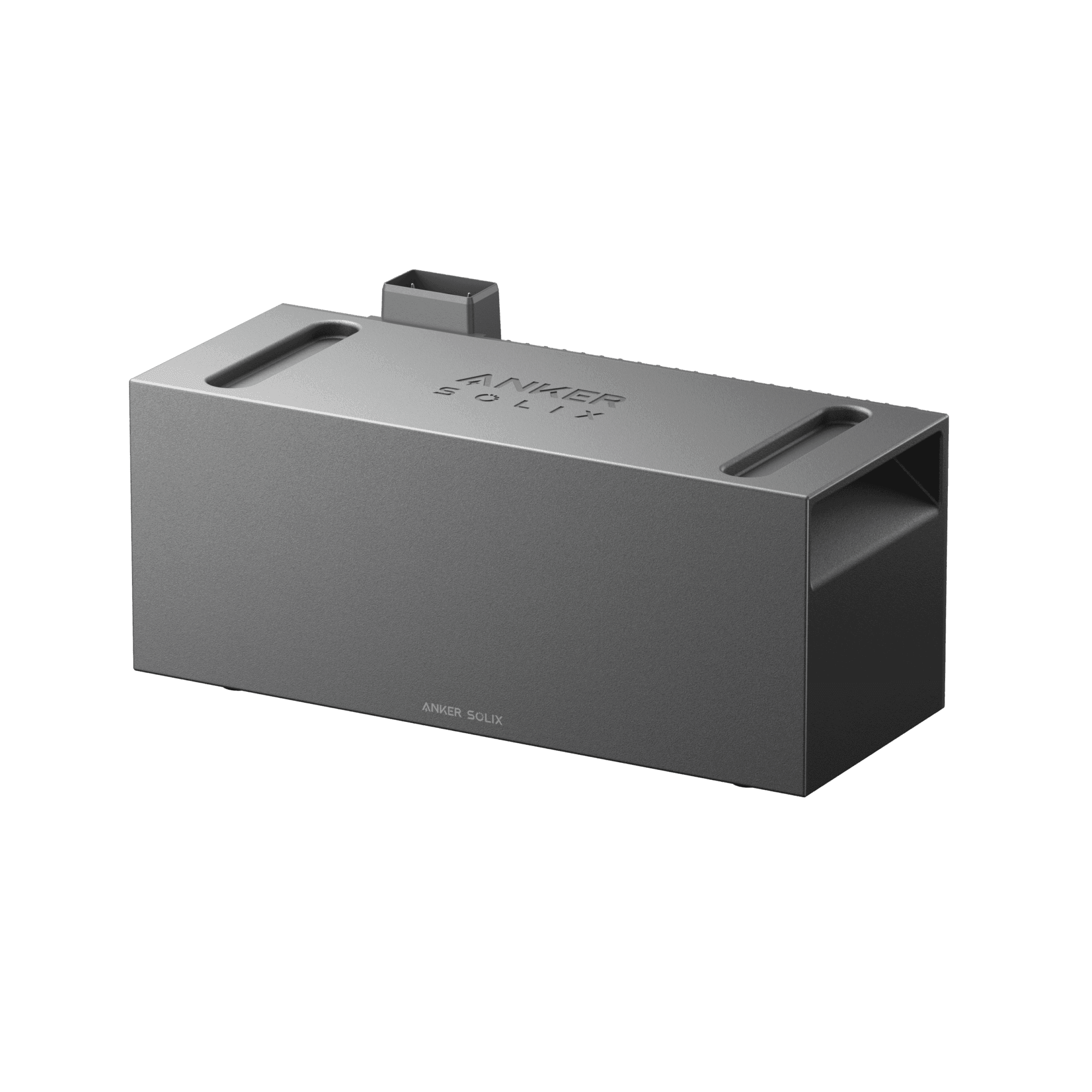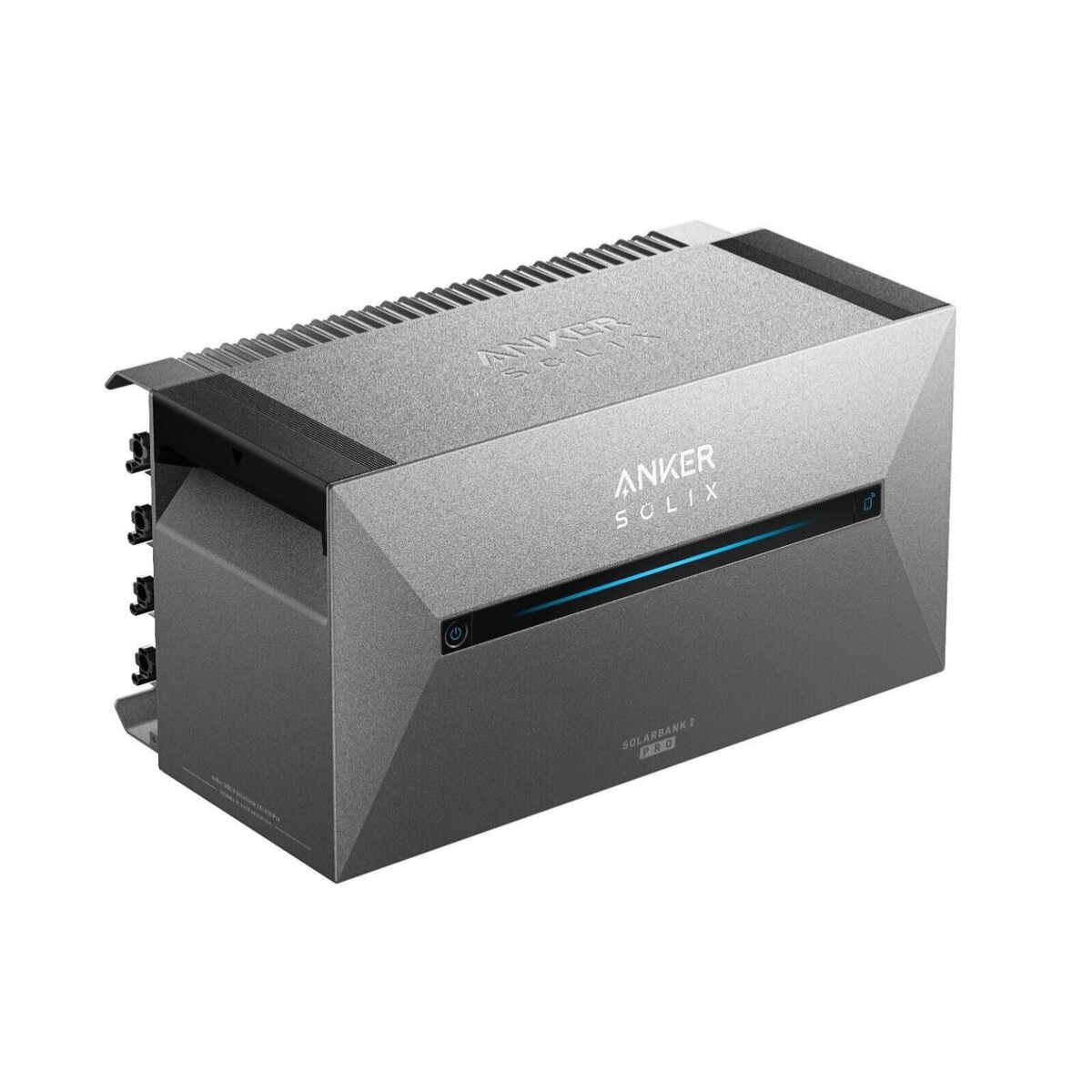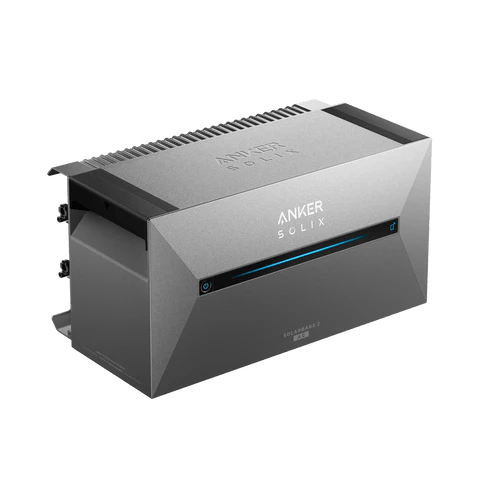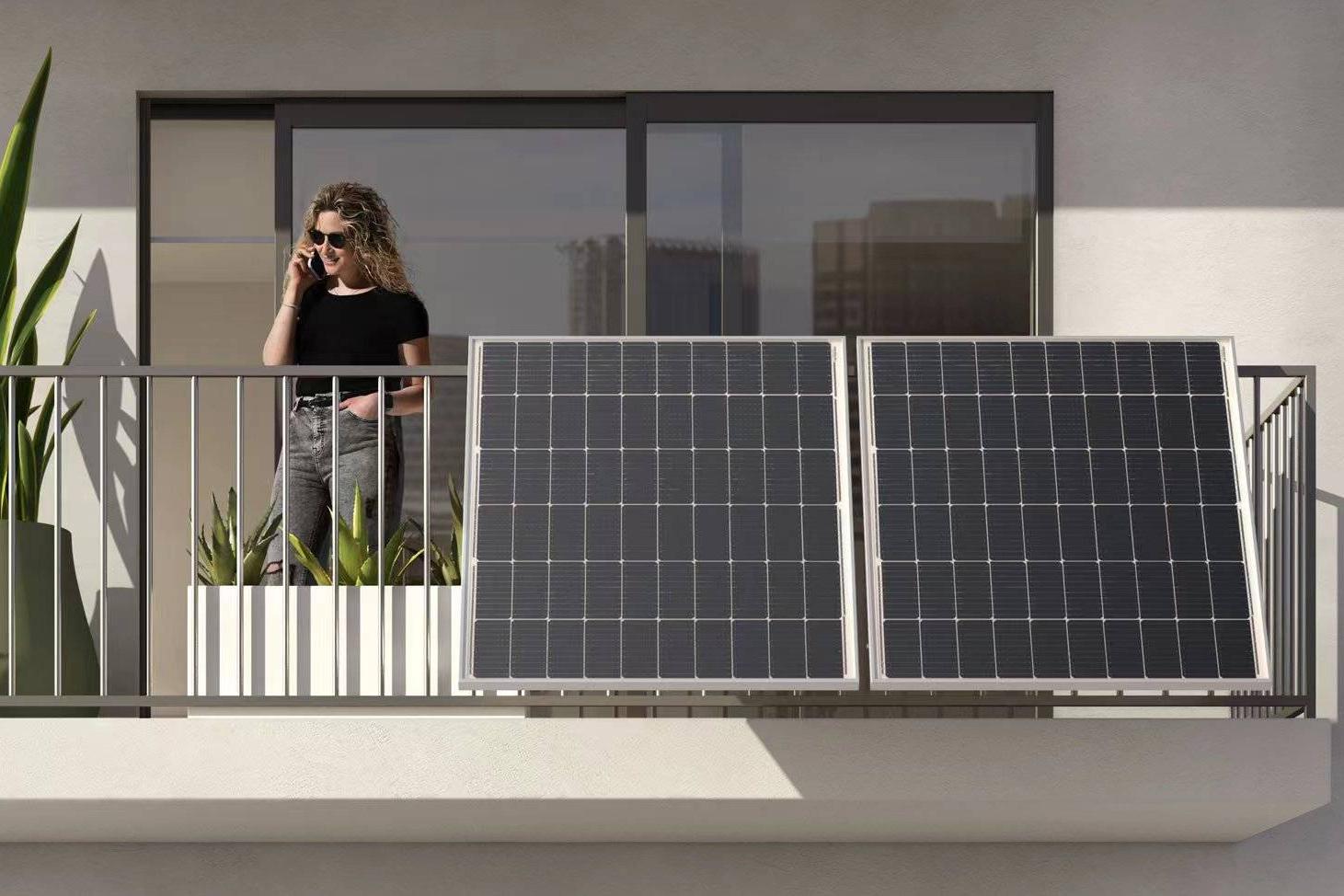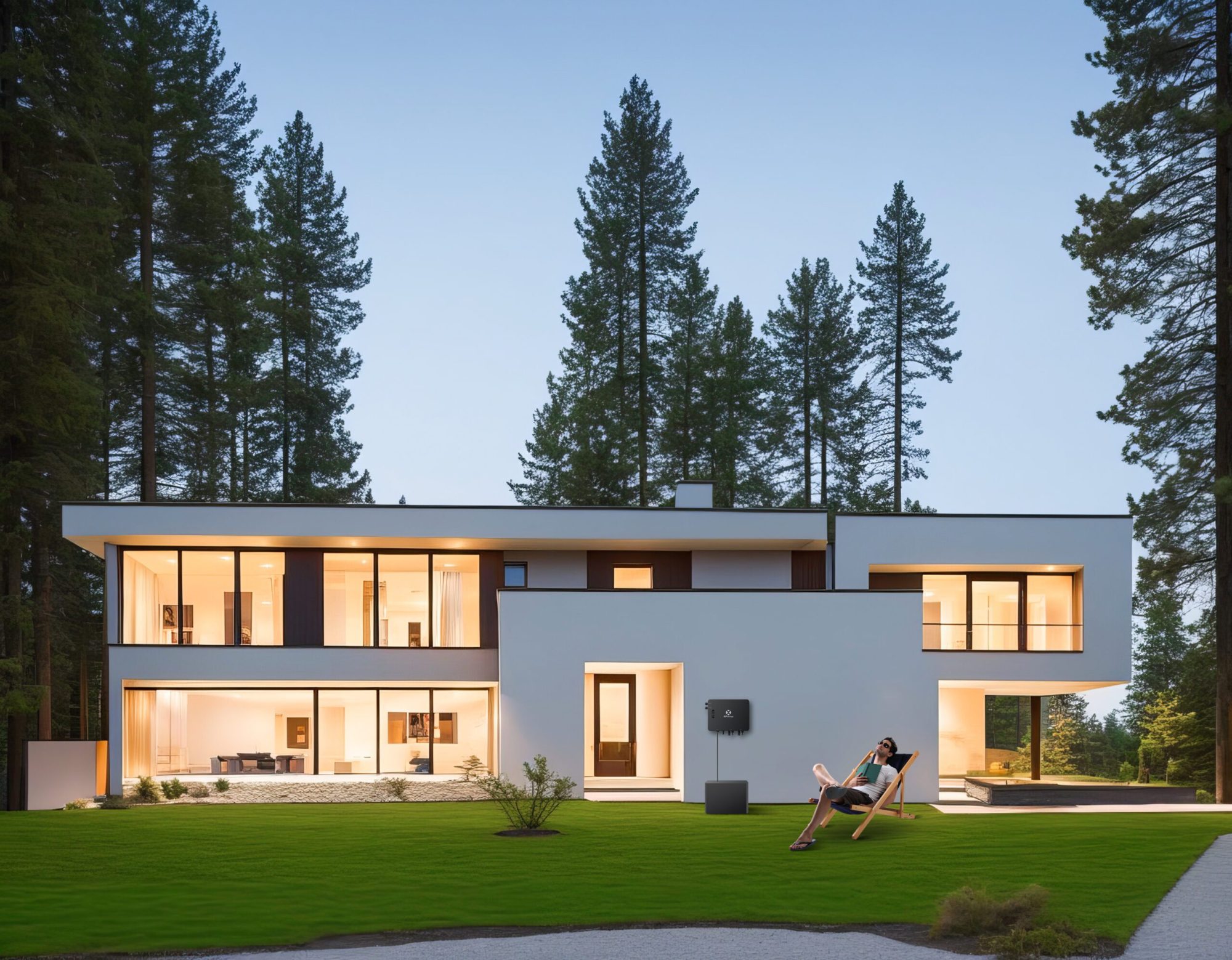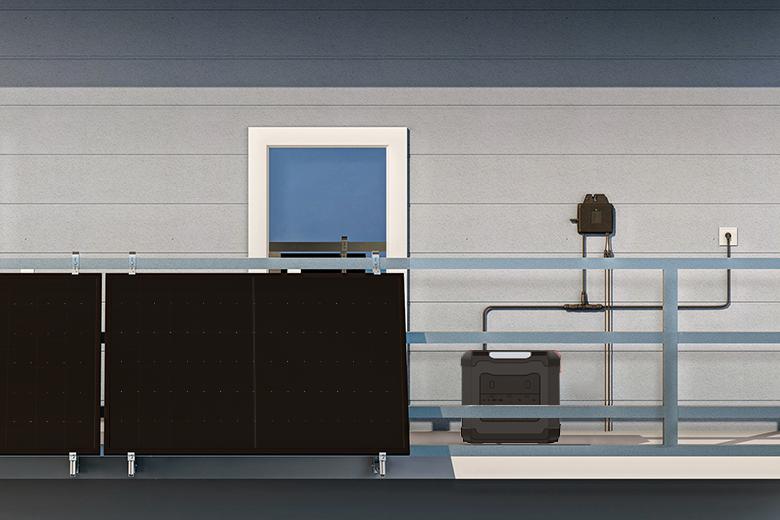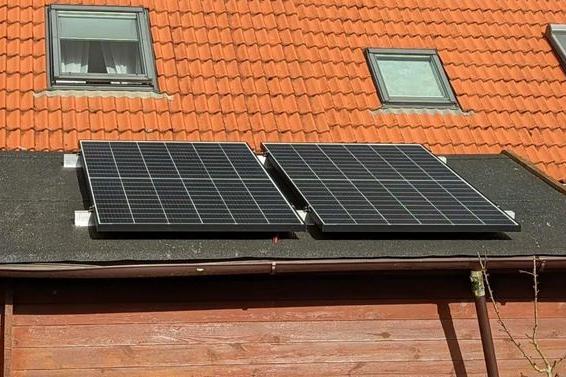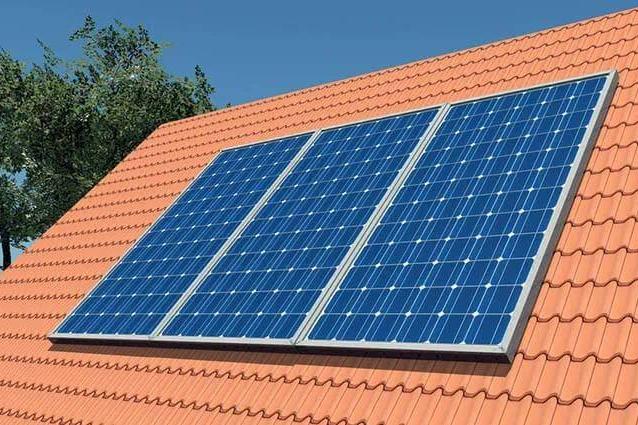Blog & News
Heating with photovoltaics: advantages, disadvantages and possibilities
Heating with photovoltaics is becoming increasingly popular due to declining feed-in tariffs and rising prices for fossil fuels. This article explores whether it makes sense, its advantages and disadvantages, and the various options for heating with PV.
First things first
Does heating with PV make sense?
Heating with photovoltaics is a good way to increase self-consumption and save electricity costs.
How much does PV cost for heating?
Depending on the solution, the costs of a PV system for heating are between 20,000 and 50,000 €
What options are there?
To heat with PV, you also need a heat pump, a heating element or an infrared heater.
What are the disadvantages?
In addition to the higher investment costs, photovoltaics require a larger roof area for heating.
Does heating with photovoltaics make sense?
Heating with photovoltaics makes sense due to high electricity prices and falling costs for photovoltaics. In addition, feed-in tariffs are increasingly decreasing. This makes self-consumption more worthwhile than feeding into the grid. Heating with photovoltaics is one way to increase self-consumption. Depending on the system, you can achieve a self-consumption rate of up to 80%.
What are the advantages of heating with photovoltaics?
Heating with photovoltaics has many advantages. It reduces energy costs, as self-generated electricity is up to 30 cents per kWh cheaper than other energy sources.
1. Reducing energy costs
Due to high demand and the maturity of solar cell technology, prices for photovoltaics have been falling for years. The levelized cost of electricity is now only 3 to 11 cents per kWh. Meanwhile, energy prices are rising to record highs, allowing you to save up to 30 cents per kWh of solar power you use yourself. In addition, the feed-in tariff is declining, making grid feeding less worthwhile.
The more solar power you generate and use yourself, the lower your energy costs will be. At the same time, you'll be more independent.
2. Independence from energy suppliers
By installing a PV system, you can achieve a self-consumption rate of 25 to 35%. If you heat with photovoltaics, this increases to 50 to 60%. With a power storage system and energy management system, you can even reach 80%. This gives you a level of self-sufficiency of up to 70%, making you more independent from energy suppliers.
3. Price stability
In 2022, the price per kWh of electricity rose to 70 cents, only to fall sharply again. The price trend was unpredictable at the time. By heating with photovoltaics, you reduce your grid consumption and are less affected by fluctuating energy prices.
4. Reduction of greenhouse gas emissions
Heating with photovoltaics also contributes to reducing greenhouse gas emissions. This system combination emits only around 100 g CO₂/kWh. Conventional energy sources such as gas and heating oil can produce up to 400 g CO₂/kWh. Furthermore, most emissions arise during production and transport. Operation is emission-free. For this reason, these systems receive government subsidies.
5. State subsidies
The Federal Office for Economic Affairs and Export Control (BAFA) subsidizes up to 40% of the eligible costs for sustainable heating systems. State subsidies are available for photovoltaics in the form of the KfW 270 loan and feed-in tariffs. Further state-specific and municipal subsidies are available for heating with photovoltaics, depending on where you live.
6. Tax relief
Since the beginning of 2023, you have been paying no VAT on the purchase of PV systems and accessories due to the zero-tax rate for photovoltaics. The simplified regulation has also been extended to PV systems with up to 30 kWp, exempting you from income and trade tax. However, you still need to register your PV system.
Compare photovoltaic offers now and save 30%!
Take 60 seconds and fill out a short form. We will connect you with up to five verified specialist companies in your region. The comparison is free and non-binding.
What are the disadvantages of heating with photovoltaics?
The biggest disadvantage for many homeowners is the high investment costs and the large amount of space required.
1. High investment costs
Heating with photovoltaics results in investment costs of €20,000 to €50,000, despite falling prices and a zero-tax rate. The heating system costs up to €30,000, and the PV system up to €20,000. Adding a power storage system and energy management system increases the costs by up to €15,000. While subsidies help reduce costs, the initial investment is still expensive.
2. Installation space requirements
A PV system requires a large roof area of up to 60 square meters. If you heat with photovoltaics, you need a larger PV system and thus approximately 25% more roof space. There isn't always enough roof space for the installation. Additionally, you need additional space for a heat pump or infrared heater. This limits implementation.
What options are there for heating with solar power?
There are several options for heating with solar power. The most common is a combination of a heat pump and photovoltaics. Another option is a combination of a heating element and photovoltaics. Heating with infrared heating and photovoltaics is also possible, although this is a future-oriented system.
1. Photovoltaics with heat pump
A heat pump is a heating system that uses ambient heat for heating. This energy comes from renewable sources such as the air, groundwater, or the earth. The heat pump requires electricity to absorb and heat the ambient heat. You can generate up to 5 kWh of heat from 1 kWh of electricity. Combining the heat pump with a photovoltaic system can reduce your heating costs by up to 60%. At the same time, you increase the profitability of your PV system through higher self-consumption.
2. Photovoltaics with heating element
If you combine a heating element with photovoltaics, you can use them for heating and/or hot water production. The heating element generates heat using electrical energy and heats the heating water in a buffer tank. This heat is then used for hot water production or to support the heating system. The heating element uses only excess solar power.
The combination of photovoltaics and a heating element is a simple system, as no additional piping is required. However, this option is less efficient.
3. Photovoltaics with infrared heating
Infrared heating is an electric heating system that uses infrared rays to distribute heat throughout a room. Infrared heating doesn't directly heat the air in the room, but rather only heats objects and people. Because heating occurs through radiation rather than convection, no humidity or oppressive air circulation is created.
Currently, infrared heaters are more suitable as supplemental heating. They consume a lot of electricity and are therefore often uneconomical. Their use in combination with photovoltaics makes sense in highly efficient homes with low heat requirements. There, they are particularly effective during the transitional period between autumn and spring.

